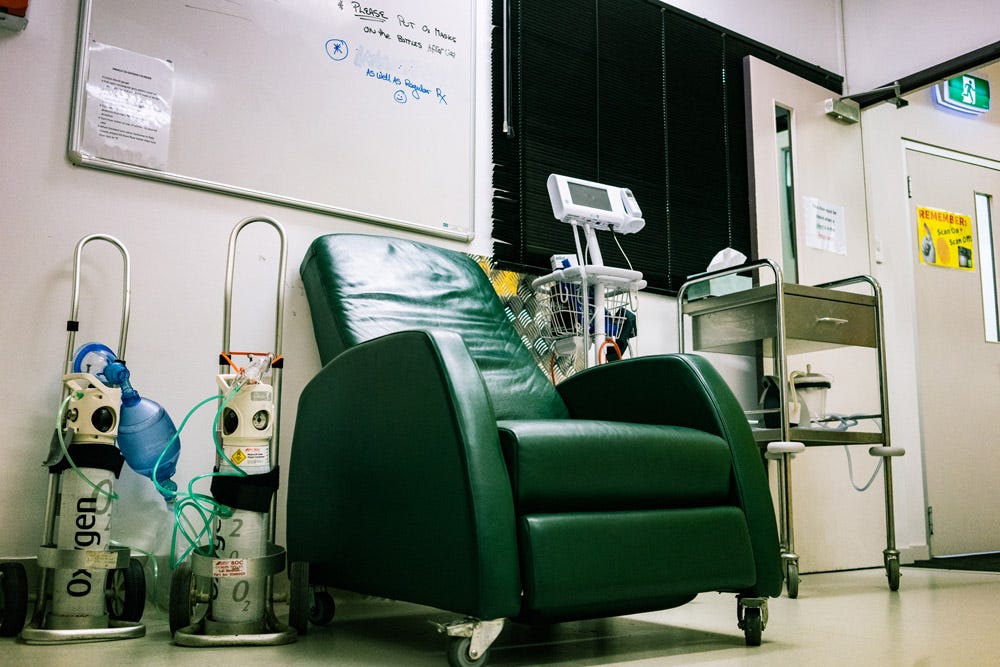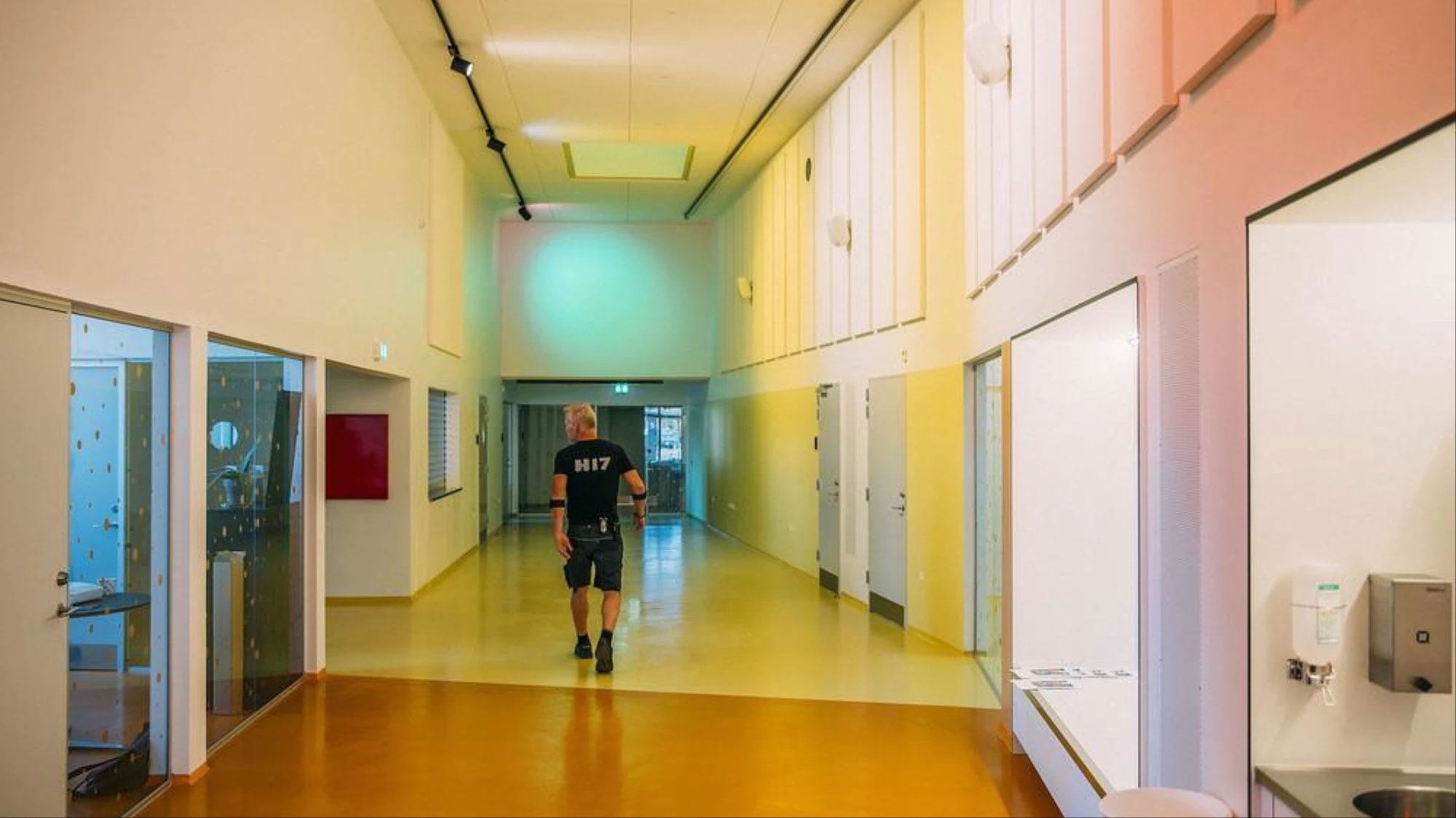Overdose Deaths
- Overdose prevention sites decrease overdose deaths 1
- In the thirty years of SCS existing, no overdose death has been recorded in an SCS 1
- In Vancouver, Canada an SCS decreased overdose deaths by 35% around the site 2
- In Sydney, Australia the number of ambulance calls for overdoses decreased by 65% after an SCS opened 3
Neighborhood Health
- Overdose prevention sites decrease public injection and the number of needles in the neighborhood of an SCS 1
- The amount of discarded syringes and people injecting in public decreased by 50% in Vancouver 4
- Residents and business owners in Sydney saw a decrease in public injection and the number of needles in their neighborhood after an SCS opened 5
- Drug users report that they used in public and discarded syringes less after an SCS opened 6
Infectious Disease
- Overdose prevention sites decrease the risk of transmitting blood born illnesses like HIV and Hepatitis C 7
- They decrease skin and soft tissue infections like abscesses, and cellulitis 8 9
Treatment and Recovery
- Various studies have shown that SCS increase the amount of users in detoxification and treatment programs because of effective case management and linkage to drug treatment programs 10 11 12
- Over three years, an SCS in Canada helped get 67% of individuals using the site get into drug treatment services; 23% stopped injecting drugs 12
Crime
- All evidence suggests an SCS will not increase crime, drug trafficking, and the number of users in the neighborhood of the site 1 13 14
- No increase in crime and drug trafficking occurred after an SCS opened in Vancouver, Canada 13
- Researchers in Sydney, Australia monitored drug trafficking and the number of people using drugs around an SCS for 10 years and did not detect an increase in crime or the number of drug users in the area. 14



- Potier, C., Laprévote, V., Dubois-Arber, F., Cottencin, O., & Rolland, B. (2014). Supervised injection services: what has been demonstrated? A systematic literature review. Drug and alcohol dependence, 145, 48–68. [return]
- Marshall, B. D., Milloy, M. J., Wood, E., Montaner, J. S., & Kerr, T. (2011). Reduction in overdose mortality after the opening of North America’s first medically supervised safer injecting facility: a retrospective population-based study. The Lancet, 377(9775), 1429–1437. [return]
- Salmon, A. M., Van Beek, I., Amin, J., Kaldor, J., & Maher, L. (2010). The impact of a supervised injecting facility on ambulance call‐outs in Sydney, Australia. Addiction, 105(4), 676–683. [return]
- Wood, E., Kerr, T., Small, W., Li, K., Marsh, D. C., Montaner, J. S., & Tyndall, M. W. (2004). Changes in public order after the opening of a medically supervised safer injecting facility for illicit injection drug users. Cmaj, 171(7), 731–734. [return]
- Salmon, A. M., Thein, H. H., Kimber, J., Kaldor, J. M., & Maher, L. (2007). Five years on: What are the community perceptions of drug-related public amenity following the establishment of the Sydney Medically Supervised Injecting Centre?. International Journal of Drug Policy, 18(1), 46–53. [return]
- Petrar, S., Kerr, T., Tyndall, M. W., Zhang, R., Montaner, J. S., & Wood, E. (2007). Injection drug users’ perceptions regarding use of a medically supervised safer injecting facility. Addictive behaviors, 32(5), 1088–1093. [return]
- Pinkerton, S. D. (2011). How many HIV infections are prevented by Vancouver Canada’s supervised injection facility?. International Journal of Drug Policy, 22(3), 179–183. [return]
- Small, W., Wood, E., Lloyd-Smith, E., Tyndall, M., & Kerr, T. (2008). Accessing care for injection-related infections through a medically supervised injecting facility: a qualitative study. Drug and Alcohol Dependence, 98(1–2), 159–162. [return]
- Lloyd-Smith, E., Wood, E., Zhang, R., Tyndall, M. W., Sheps, S., Montaner, J. S., & Kerr, T. (2010). Determinants of hospitalization for a cutaneous injection-related infection among injection drug users: a cohort study. BMC Public Health, 10(1), 327. [return]
- Tyndall, M. W., Kerr, T., Zhang, R., King, E., Montaner, J. G., & Wood, E. (2006). Attendance, drug use patterns, and referrals made from North America’s first supervised injection facility. Drug and alcohol dependence, 83(3), 193–198. [return]
- Wood, E., Tyndall, M. W., Zhang, R., Montaner, J. S., & Kerr, T. (2007). Rate of detoxification service use and its impact among a cohort of supervised injecting facility users. Addiction, 102(6), 916–919. [return]
- DeBeck, K., Kerr, T., Bird, L., Zhang, R., Marsh, D., Tyndall, M., … & Wood, E. (2011). Injection drug use cessation and use of North America’s first medically supervised safer injecting facility. Drug and alcohol dependence, 113(2–3), 172–176. [return]
- Wood, E., Tyndall, M. W., Lai, C., Montaner, J. S., & Kerr, T. (2006). Impact of a medically supervised safer injecting facility on drug dealing and other drug-related crime. Substance abuse treatment, prevention, and policy, 1(1), 13. [return]
- Donnelly, N., & Mahoney, N. (2013). Trends in property and illicit drug crime around the Medically Supervised Injecting Centre in Kings Cross: 2012 update. NSW Bureau of Crime Statistics and Research, 90, 1–10. [return]

